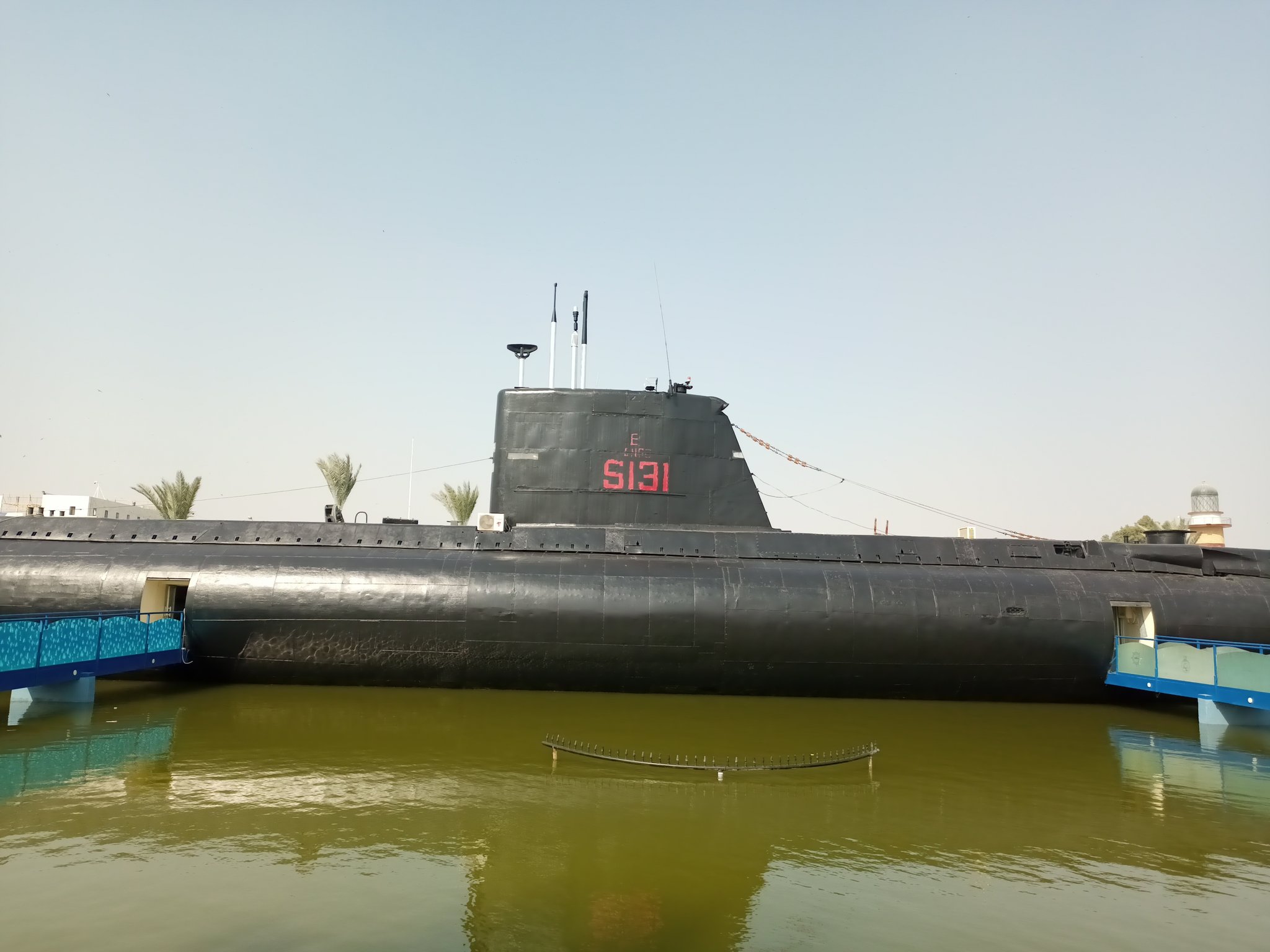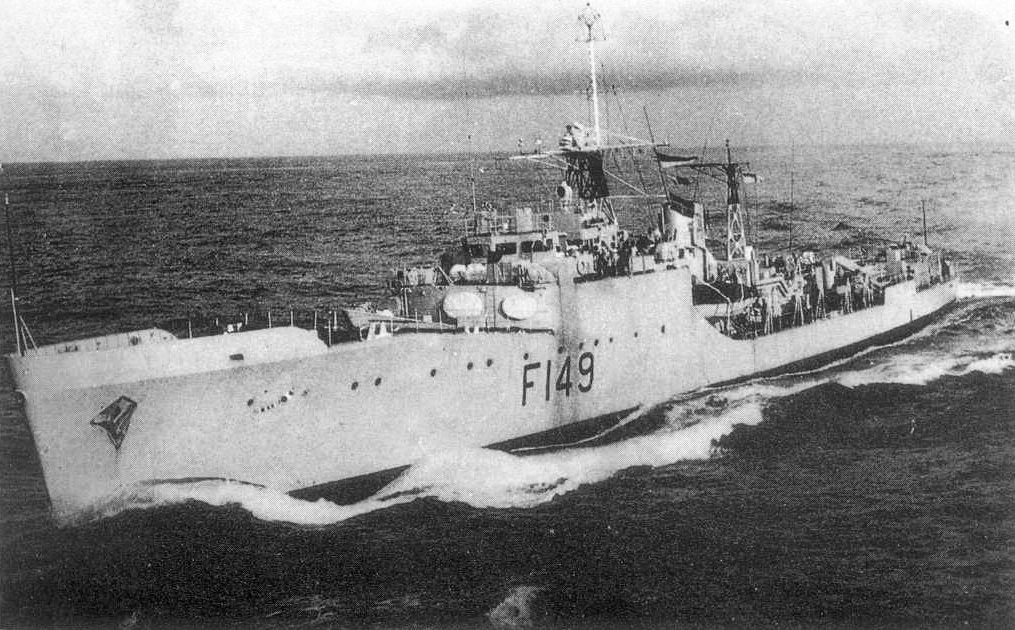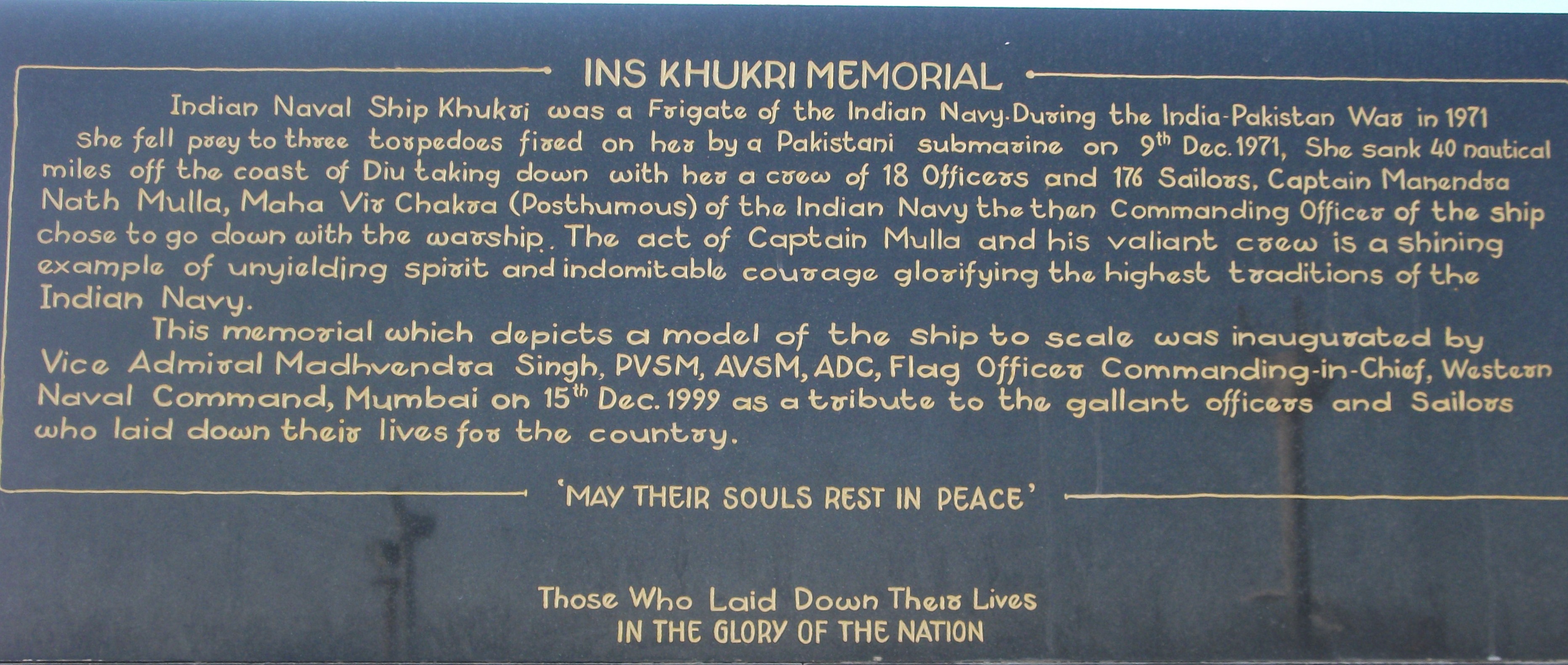In what has been hailed as a historic first as India seeks to strengthen ties with a friendly country, it has gifted a combat-tested, fully operational, in-service corvette ‘INS Kirpan’ to the Vietnamese Navy.
The Indian Navy decommissioned INS Kirpan on July 22 and presented the locally built missile corvette to the Vietnamese Navy at Cam Ranh as a gift. The ceremony was officiated by the Vietnamese Navy’s deputy commander-in-chief, Rear Admiral Pham Manh Hung, and Indian Navy Chief Admiral R Hari Kumar.
The 1,450-ton INS Kirpan, manned by 12 officers and 100 sailors, has been a vital component of the Navy’s Eastern Fleet. The warship is about 10.45 meters wide and 90 meters long. It was handed over to the Vietnamese Navy with all of its weaponry and sensors and is expected to bolster its combat capability against regional foes.
In what seemed to be a reference to India’s adversary China, Indian Navy Chief said that security cooperation between the two nations would ensure that no “single nation” could unilaterally change or misinterpret laws to further its interests in the Indo-Pacific Region.
Moreover, the comments are significant as they come at a time when the Chinese Navy is attempting to increase its presence in the region and is embroiled in issues with several other countries in the South China Sea. In recent months, the People’s Liberation Army Navy (PLAN) has intensified its activity near Vietnam.
The Maiden Gifting of a fully operational Corvette by India to any Friendly Foreign Country is in consonance with Govt of India's policies of 'Act East' & Security and Growth for all in the Region#SAGAR
🇮🇳-🇻🇳#BridgesofFriendship@PMOIndia @DefenceMinIndia@AmbHanoi @MOFAVietNam pic.twitter.com/KmhoLW6diG— SpokespersonNavy (@indiannavy) July 22, 2023
Reports from last month indicated that China was sending more ships to Vietnam’s exclusive economic zone (EEZ). These trips have seen an uptick since May, and the frequency and length picked up in June, triggering security concerns in Vietnam.
The transfer of the vessel from India to Vietnam has come at an opportune time.
A warship of the same name also happened to have a deep connection with another of India’s adversaries – Pakistan. In this article, EurAsian Times presents a sail down memory lane aboard INS Kirpan, a Blackwood class of anti-submarine frigates that the Indian Navy deployed in the Indo-Pakistan war of 1971.
INS Kirpan
INS Kirpan served the Indian Navy in the last full-scale war fought between India and Pakistan in 1971, which ultimately led to the liberation of the former East Pakistan, now Bangladesh. The war also saw the greatest naval battles fought in the subcontinent.
As Indian military operations in East Pakistan intensified, the Pakistani Navy deployed its submarine to hunt Indian Aircraft carrier – Vikrant, and thus ‘Operation Falcon’ was launched.
The Pakistan Navy launched their surveillance submarine operations under Operation Falcon by deploying PNS Hangor, a Daphné class submarine, close to the West Pakistani coastline, and PNS Ghazi, a long-range Tench class submarine, close to the East Pakistani (now Bangladesh) coastline.

Under the direction of Commander Ahmed Tasnim, PNS Hangor started her reconnaissance mission at midnight on November 21, 1971. The assigned mission, according to Hangor’s crew, was thought to be quite difficult and dangerous, and the submarine squadron set out under the assumption that the risk involved in completing this mission would be very high for the submarine and her crew.
PNS Mangro, a Daphne class submarine, began patrolling outside Bombay harbor on November 22, 1971, waiting for ships of the Indian Navy. At the same time, another submarine of the same class, PNS Hangor, was patrolling close to Okha.
Mangro had finished her tour of duty outside of Bombay on December 1 when Hangor was given orders to take her place.
Three vessels were conducting anti-submarine operations against the Pakistani submarines – the Khukri, Kirpan, and Kutha r- classified as “second-class anti-submarine frigates.”
They were inducted into the Indian Navy at the end of 1959. INS Khukri was one of the Blackwood anti-submarine frigates built by Britain in the 1950s. These frigates were pitted against the Pakistani Navy’s best French-built subs of the time.
These three anti-submarine frigates faced off against the Pakistani submarines of the Daphne class, including PNS Hangor. The detection range of the Pakistani submarines was roughly 25,000 meters, which was reportedly ten times more than that of the sonars of the Indian Navy’s F-14 aboard the Khukri, Kirpan, and Kuthar.
How It Happened
In early December, the F-14 Squadron of the Indian Navy was at sea when INS Kuthar suffered a burst boiler and had to be towed back to base in Bombay. Since the ship was unable to maneuver on its own, it had to be towed by sister ship Kirpan. Both these vessels were being escorted by INS Khukri.
Since one ship was being towed, another was towing it, while the third was on escort duty: all three of them were under increased threat by the Pakistani Navy as they set sail for Bombay.
There were several scares and alarms on their way back. Despite the lingering threat, the crew of all these vessels understood that some of these alarms were bogus.
The crew of the INS Kukri attacked these threats on its own while ensuring it delivered the damaged anti-submarine sister back to safety. The crew believed that one of these targets was unquestionably an enemy submarine and that the submarine had also taken a hit in an incident that reportedly took place on December 5.
Since there was no time to wait to ensure whether the hostile submarine had been hit, Khukri left and reported the incident to the base on December 6 without any supporting documentation.
Around the same time, however, Indian Navy’s direction finders discovered the Hangor’s location at roughly 16 nautical miles away from Diu.
Once it was discovered that an enemy submarine was in Indian seas, action had to be taken to find and destroy it before it could cause harm to Indian ships.
Naval Headquarters gave the Indian Western Fleet orders to find and sink it. The F-14 squadron was entrusted with the job, but after Kuthar sent for repairs, only Khukri and Kirpan were available to take on the task.
The two anti-submarine frigates departed Bombay on their mission on December 8 and arrived at the enemy submarine’s reported location early on December 9. However, the Hangar was able to identify the Khukri and the Kirpan at a great distance before these two ships were even aware that they were getting close to their target.
The Hangor ascended to observe the scene before diving down once more to confirm that the Khukri and the Kirpan were looking for her using the rectangular pattern of search. As a result, the crew of the Pakistani submarine could predict and determine precisely where and when the Khukri and Kirpan would be at a given time as well as when they would be most vulnerable.

Hangor took its position accordingly, waiting to attack.
Kirpan was the first vessel to enter the specified target area, making it the initial target. The torpedoes of the Hangor submarine were designed to launch beneath the keel of the target ship, breaking the keel and causing the ship to sink in a matter of minutes.
However, as destiny would have it, despite homing in on the Kirpan, the torpedo malfunctioned, preventing it from detonating.
The Hangor had the option of sneaking away or staying there and releasing another torpedo once this one was fired, which revealed its position. The Hangor decided to fire another torpedo because the two ships were still some distance away.

The Kirpan could now take evasive action because it knew it had been targeted and would have heard the torpedo at least a thousand yards away. However, the Khukri continued on its route, so the Hangor focused on it and fired two more torpedoes—one at the Khukri and the other at the Kirpan.
The initial explosion most likely split the magazine in two beneath the keel of the Khukri, activating the weapon’s ammunition, while the second shot at the Kirpan may not have caused any harm because of the Kirpan’s ability to make an evasive maneuver.
Minutes later, the Khukri sank. Despite being the first target, the Kirpan escaped unscathed.
- Contact the author at sakshi.tiwari9555 (at) gmail.com
- Follow EurAsian Times on Google News




